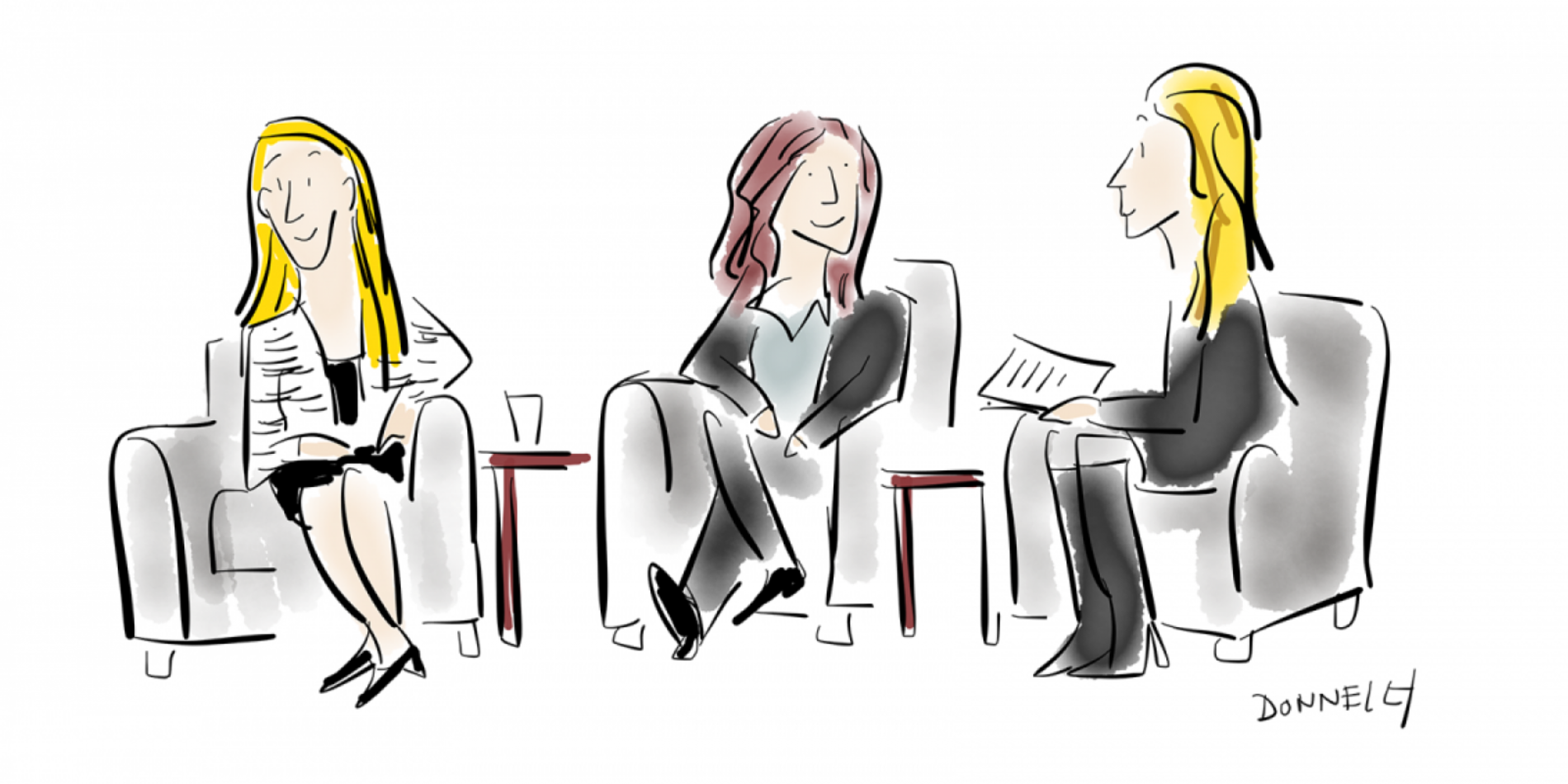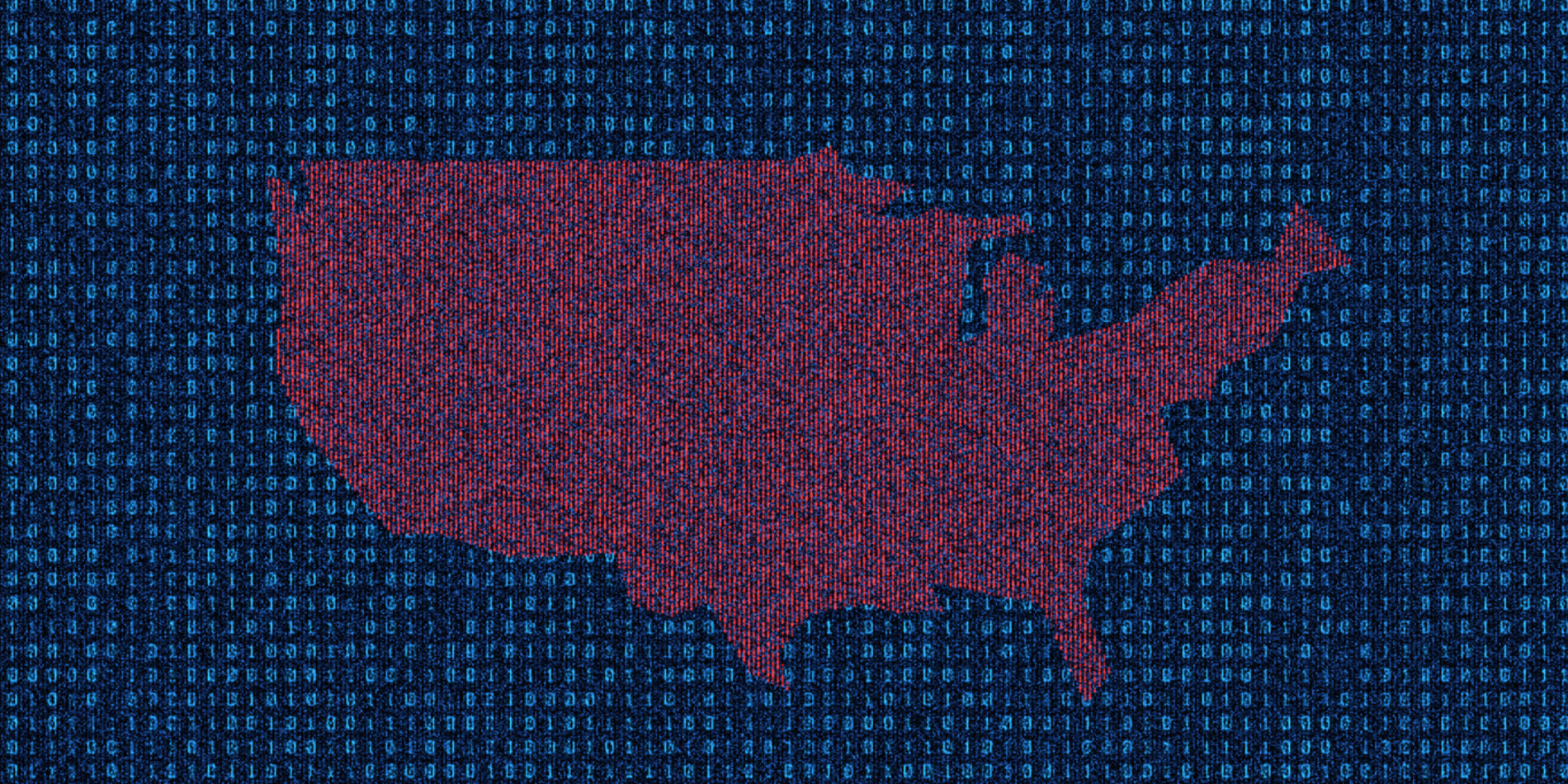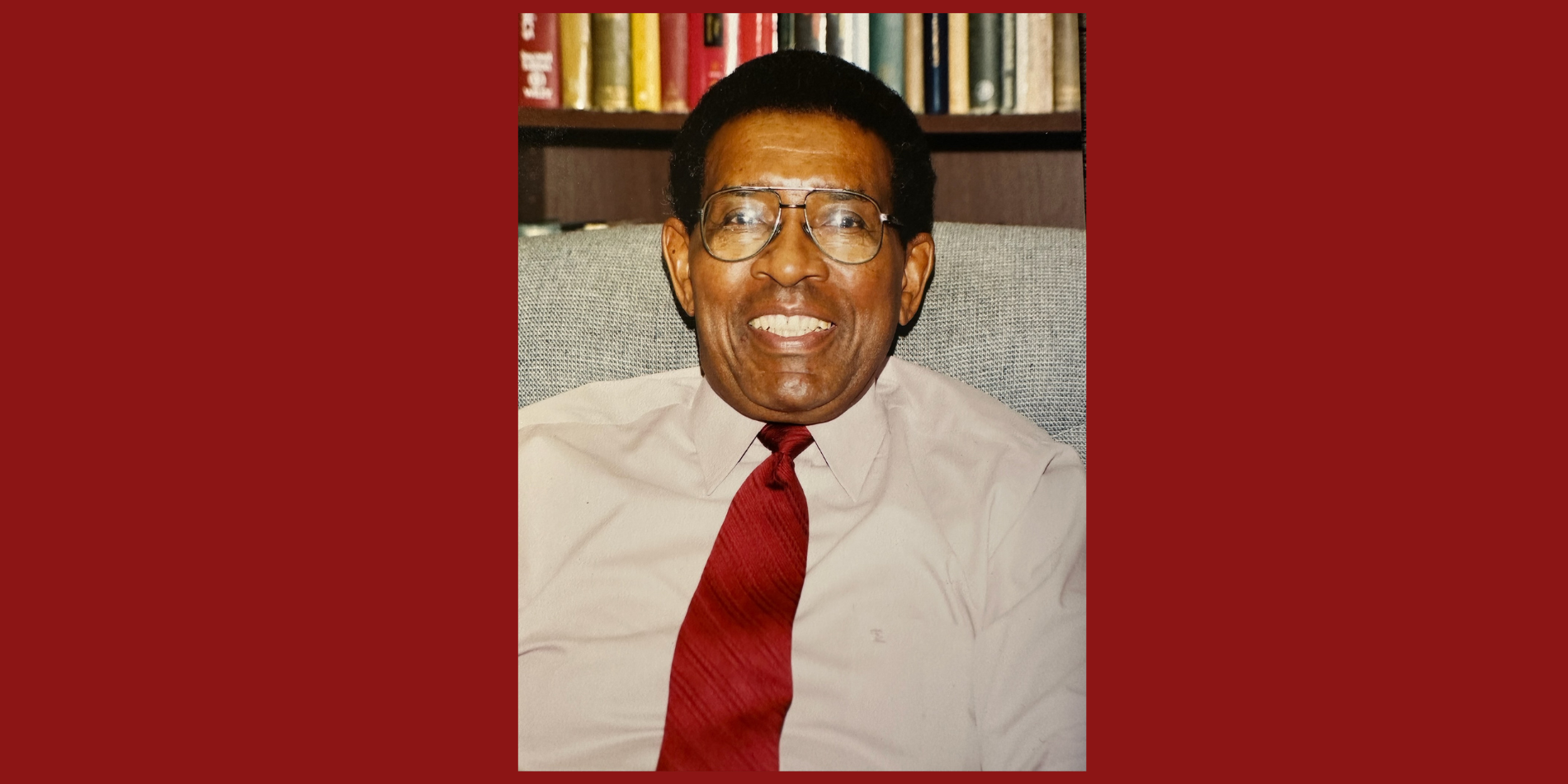What are the biggest trends in data science?
At a discussion during the second annual Women in Data Science conference, Netflix VP of Science & Algorithms Caitlin Smallwood and Bain & Co. Partner Lori Sherer shared insights about data analytics from their respective corners of industry.
Sherer joked that while Smallwood represents the new and she represents the old, one thing holds true: “In every industry there’s not a CEO that isn’t asking the question, ‘Am I going to get Netflixed?’ It’s actually become a verb,” Sherer said. “And that pertains to companies that are really innovating in the use of data and analytics to drive insights that the incumbents don’t have.”
In the wide-ranging discussion, moderated by Margot Gerritsen, director of the Institute for Computational and Mathematical Engineering (ICME), Smallwood and Sherer shared thoughts about the most exciting trends in data science, like deep learning and natural language processing, making the leap from academic exercises to practical uses. They also spoke of the deep challenges around explaining the fruits of data science and instilling trust in the automated applications that touch people’s lives. “This area of really being able to effectively communicate about data science is so vital, but incredibly difficult, particularly as the algorithms get better because they become a little bit more opaque,” Smallwood said.
Sherer also emphasized the rare and important skill of communicating about the complex concepts behind new technologies to business, medical, creative and other stakeholders. This is the biggest talent gap she sees in many companies, and women who take steps to acquire this skill will certainly rise to leadership positions. Both speakers agreed that there’s never been a better time to be a “data scientist,” as Sherer said, and in particular a woman working in data science. “Keep at it. Focus on your strengths and how you can continue to apply those further to make an impact.”
Smallwood encouraged the audience: “It’s a wonderful field.”



